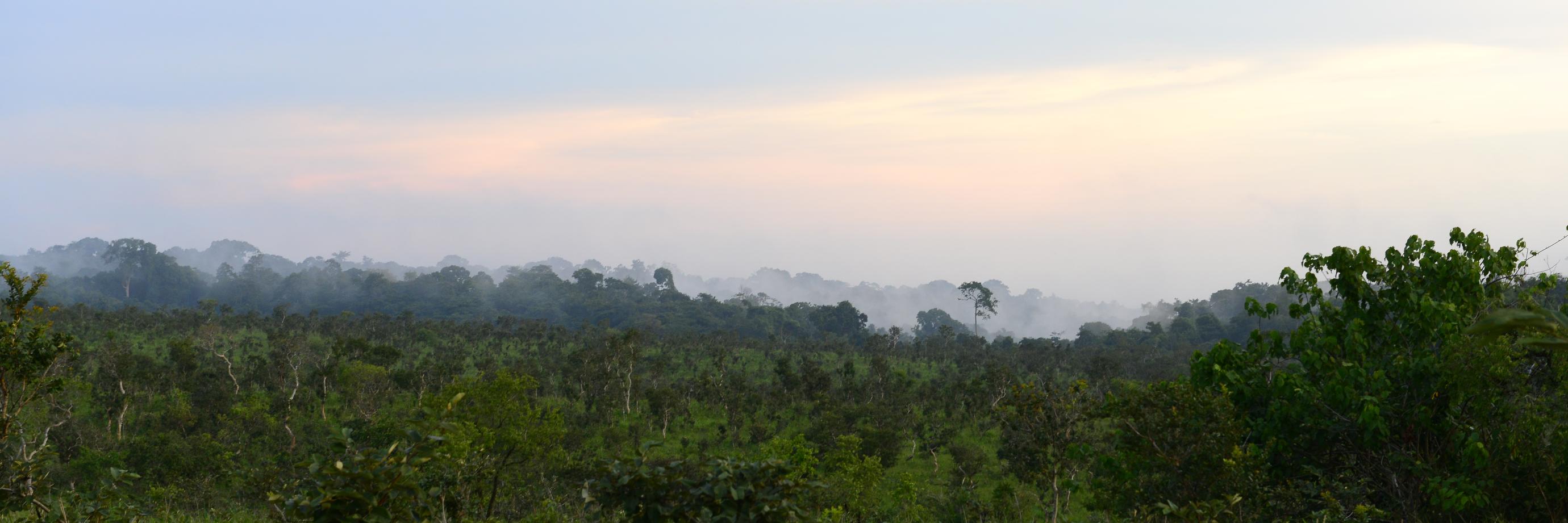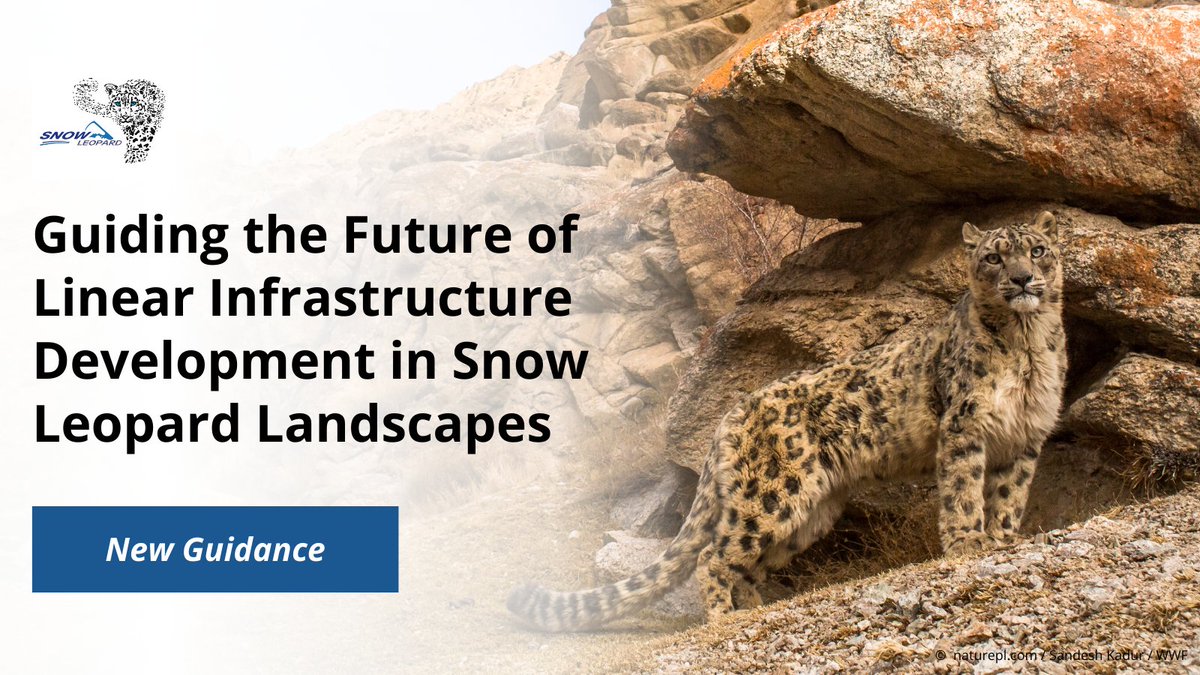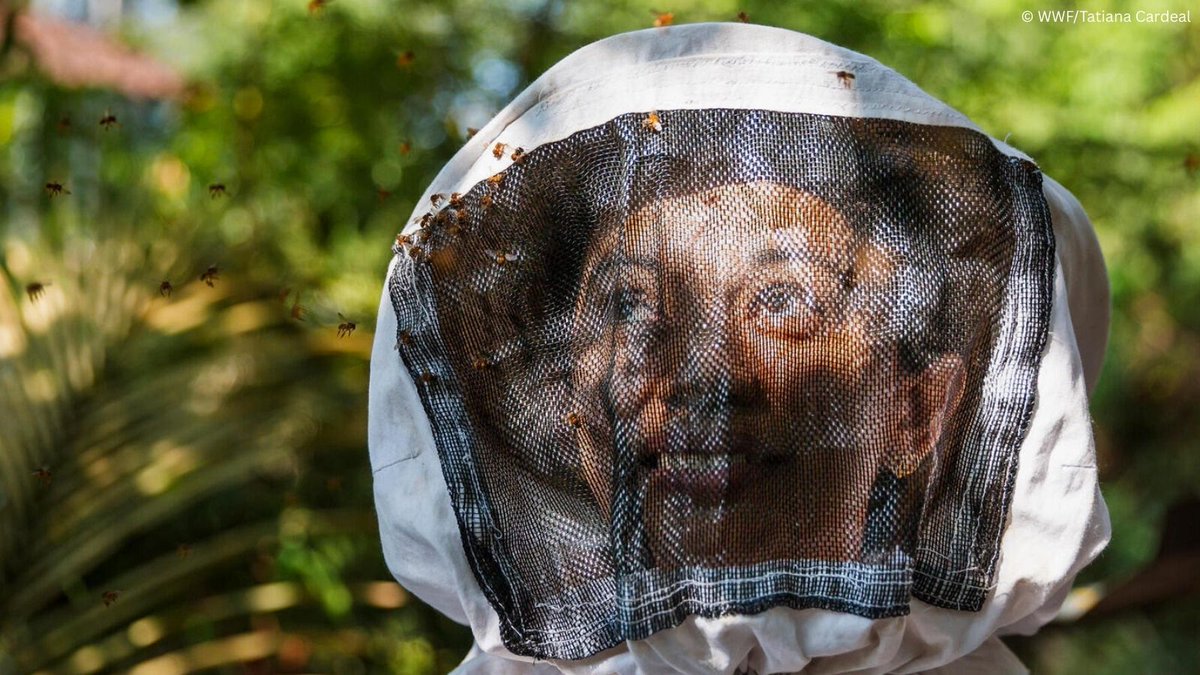
WWF Forest & Climate
@WWFForestCarbon
Ensuring #REDD+ contributes to conservation of tropical #forests & reduction of emissions from #deforestation and degradation to benefit people and nature
Snow leopards roam across vast ranges in mountainous habitat. As development increases, these magnificent big cats are more affected by roads, railways, & other linear infrastructure. New guidance looks at ways to avoid & mitigate these negative impacts. worldwildlife.org/stories/design…

Today, WWF launched the Deforestation-Free Leather Fund, a way for companies that use leather in their products to financially support strategic initiatives to improve the traceability, sustainability, and resilience of their leather supply chains. worldwildlife.org/blogs/sustaina…
Happy International Day of Women and Girls in Science! Meet five WWF scientists whose passion, expertise, and dedication are driving real change for people and the planet: worldwildlife.org/stories/meet-f…
Snow leopards roam across vast ranges in mountainous habitat. As development increases, these magnificent big cats are more affected by roads, railways, & other linear infrastructure. New guidance looks at ways to avoid & mitigate these negative impacts. worldwildlife.org/stories/design…
Experts have created new recommendations to help governments integrate safeguards during linear infrastructure development to protect the magnificent snow leopard and its habitat. Read more: largelandscapes.org/news/snow-leop…
Released today, WWF’s Forests Forward Impact Report reveals that 26 leading companies are improving forest management or going beyond responsible sourcing to support forest conversion projects around the world. Learn more: worldwildlife.org/press-releases…
Nature-based solutions and landscape and jurisdictional approaches continue to gain prominence. But how do these concepts differ and complement each other? Learn more in this thought piece from @CDP and @World_Wildlife: worldwildlife.org/publications/n…

Alarming new Global Forest Watch data shows record-breaking tropical forest loss in 2024. It's time to speed up action to safeguard our forests. 🌳 wwf.panda.org/?14098466/
The Tapajós River basin stretches over 120 million acres of land in the northern Brazilian states of Mato Grosso, Pará, Amazonas, and a small portion of Rondônia. In the last 20 years, the region has lost more than 20% of its forest cover. Hear from community members as they…
🐝 Happy #WorldBeeDay! Bees aren’t just essential to the Amazon biome. They also help communities generate sustainable incomes and keep forests standing for future generations. Learn more: worldwildlife.org/magazine/issue…

Since 1970, the United States has celebrated #EarthDay to honor the planet on which we all depend—and to mark our collective commitment to save it. - Carter Roberts, WWF President and CEO.
Human food security and dietary health require sufficient access to diverse, quality foods. One out of five people relies on forests for food and livelihoods. Learn more about all the ways forests benefit human health: wwf.to/4ijZ1Xy. #ForestDay
Did you know bonobos (along with chimpanzees) share 98.7% of their DNA with humans, making them our closest living relative? They are only found in the threatened forests of the Democratic Republic of the Congo. 🦍 Learn more: wwf.to/3WXUgdg.
Tackling human-wildlife conflict (HWC) is critical for both conservation and development. WWF and experts have developed the C2C: Conflict to Coexistence Approach, a holistic, adaptable framework for HWC management. Learn more: conbio.onlinelibrary.wiley.com/doi/10.1111/cs…
In the wake of the LA wildfires, what can we do to prepare for a future in which fires and other extreme events become more frequent? WWF’s disaster management expert shares her advice on this week’s episode of Nature Breaking. Watch the full episode: wwf.to/3WKZwB7.
While wild tiger populations are on the rise, the fight to protect them is far from over. Together, we can chart a new dawn for #tigers in the wild! Check out the latest episode of WWF’s YouTube series, Wildlife Café, where Alexander Nicolas and Dechen Dorji dive deeper into the…
In case you missed it, I coauthored a paper on the significance of the Warsaw Framework for #REDD+, a critical tool for halting & reversing #deforestation & #forest #degradation. As parties prepare #NDCs for the #UNFCCC, it’s crucial to recognize why the framework remains vital.
New in @RECIELjournal: Christina Voigt, Dirk Nemitz, Felipe Ferreira, Josefina Braña-Varela & Maria Sanz Sanchez examine why the Warsaw Framework for REDD+ is crucial for forest protection. Timely insights ahead of #UNFF20 2025. Perfect holiday reading! onlinelibrary.wiley.com/doi/full/10.11…
Forests are integral to tackling the #ClimateCrisis, but many countries have not adequately incorporated them in their national climate targets and actions. Join our webinar to hear from experts and policymakers on how forest targets can be improved in the leadup to the Climate…
Nature is our most valuable resource. And a number of today’s executive actions put nature at risk. Read our statement from President and CEO Carter Roberts: worldwildlife.org/press-releases…
🌊 If we protect #nature and #biodiversity when we design and build #infrastructure, we help wildlife thrive while boosting economies, supporting livelihoods and enhancing communities’ climate resilience. Explore more at 👉 playbook.alignproject.org @USAID @WWF @Largelandscapes…